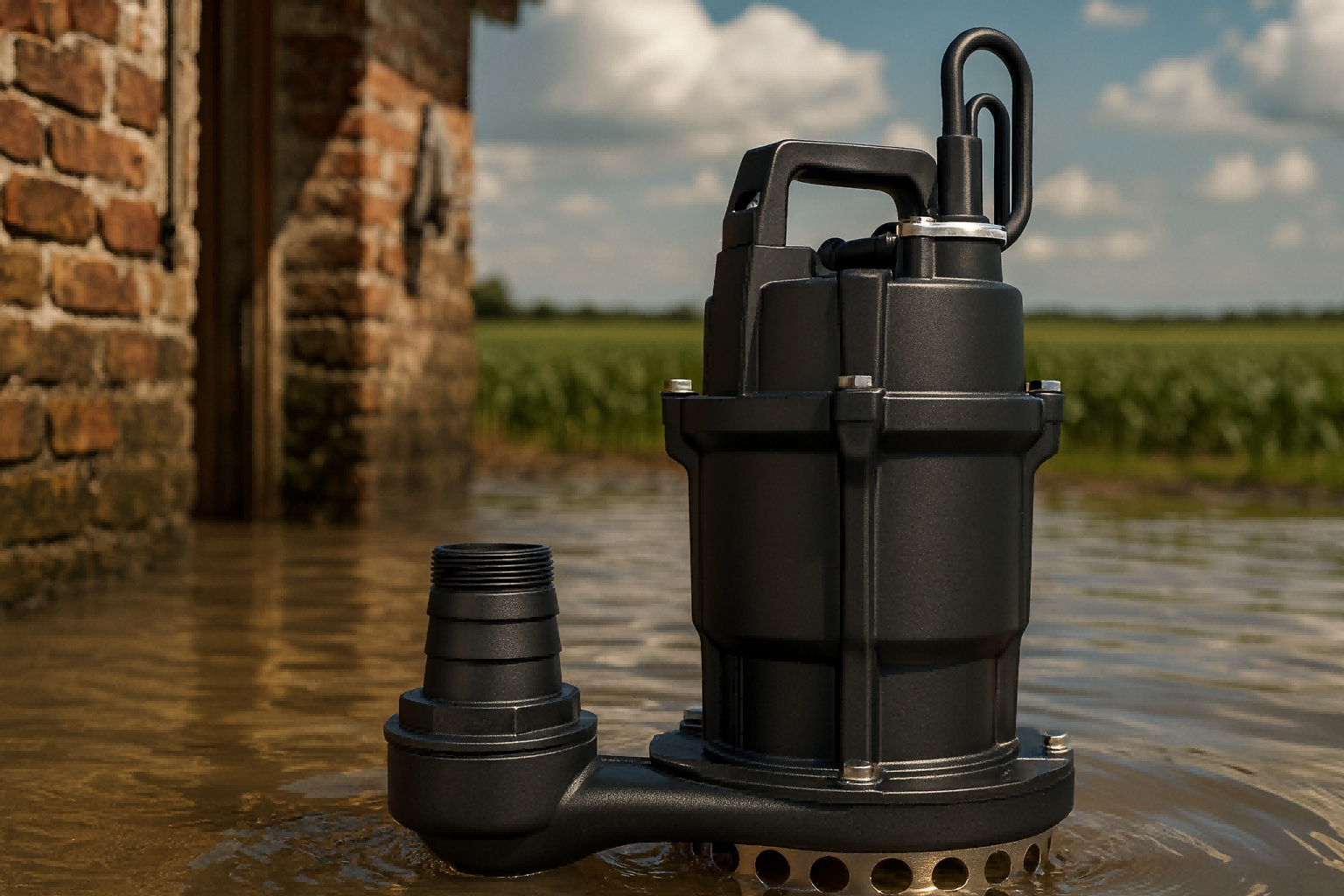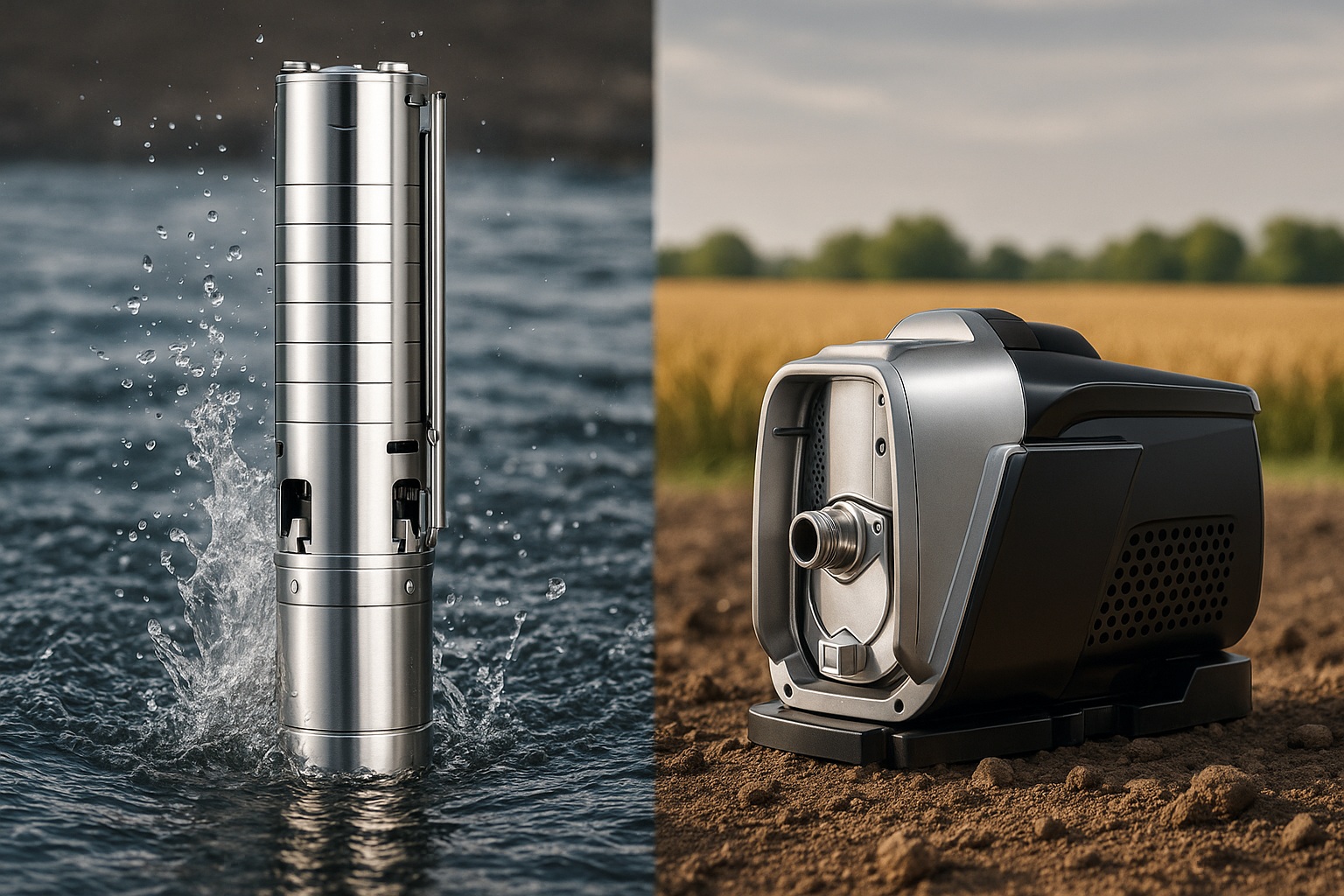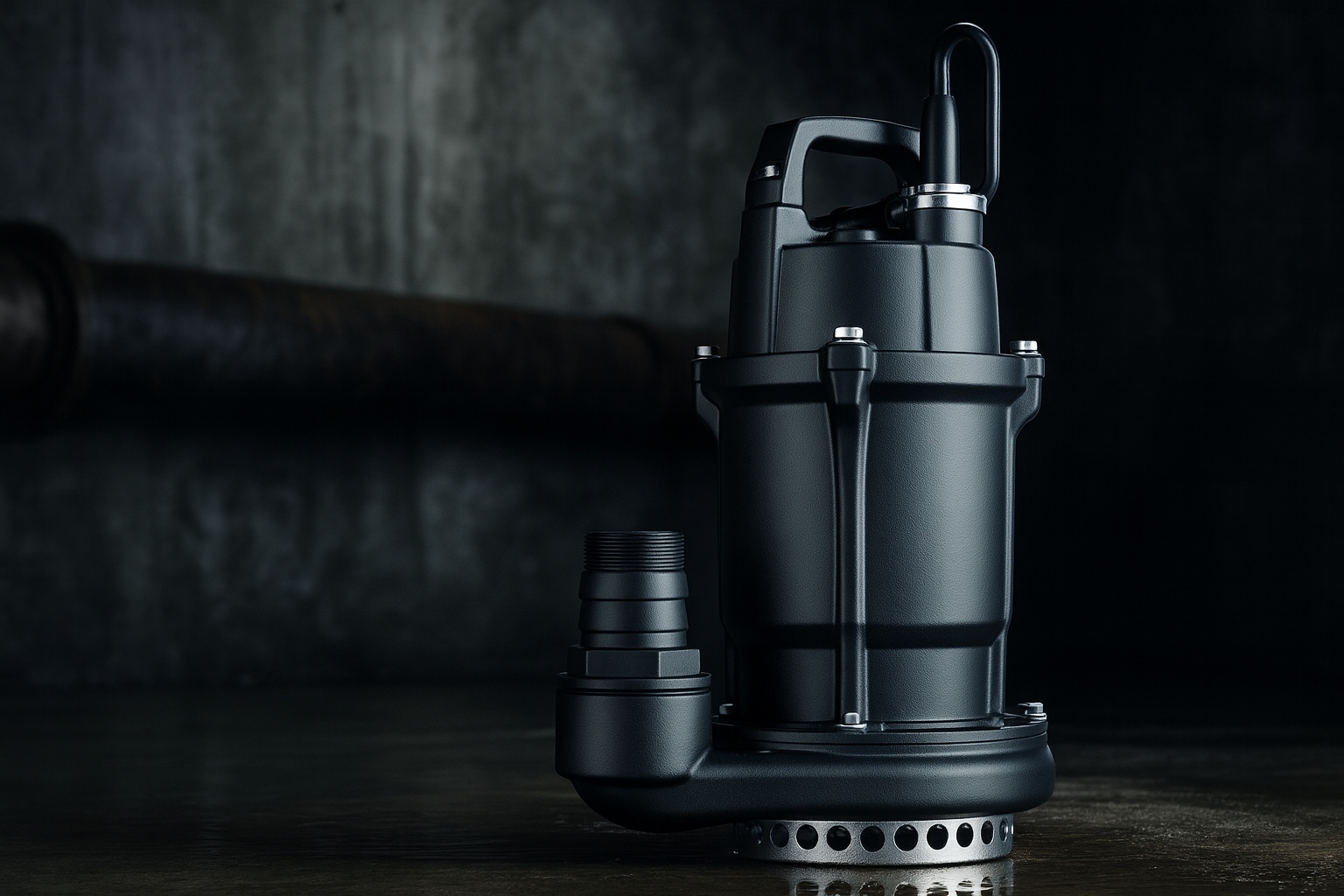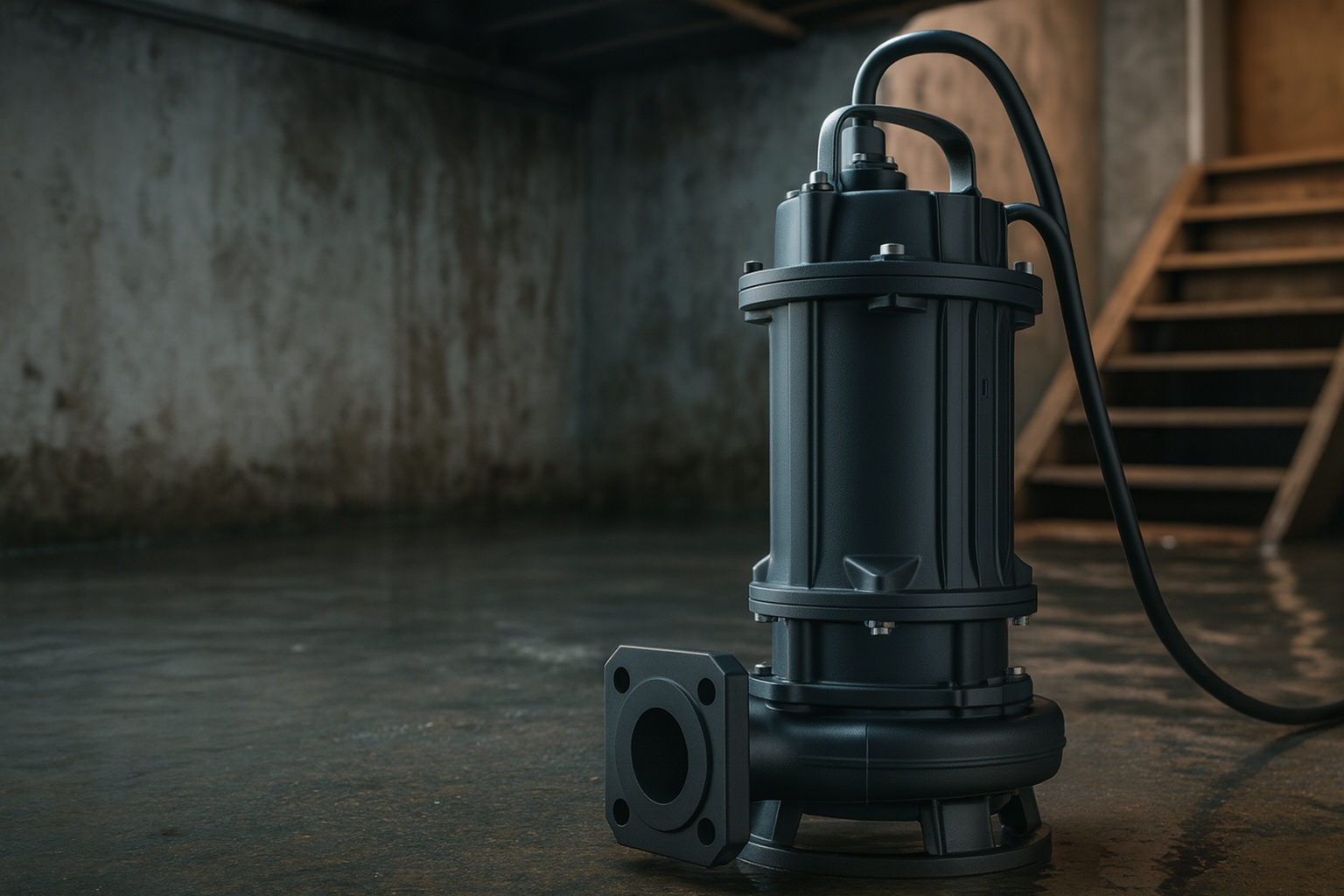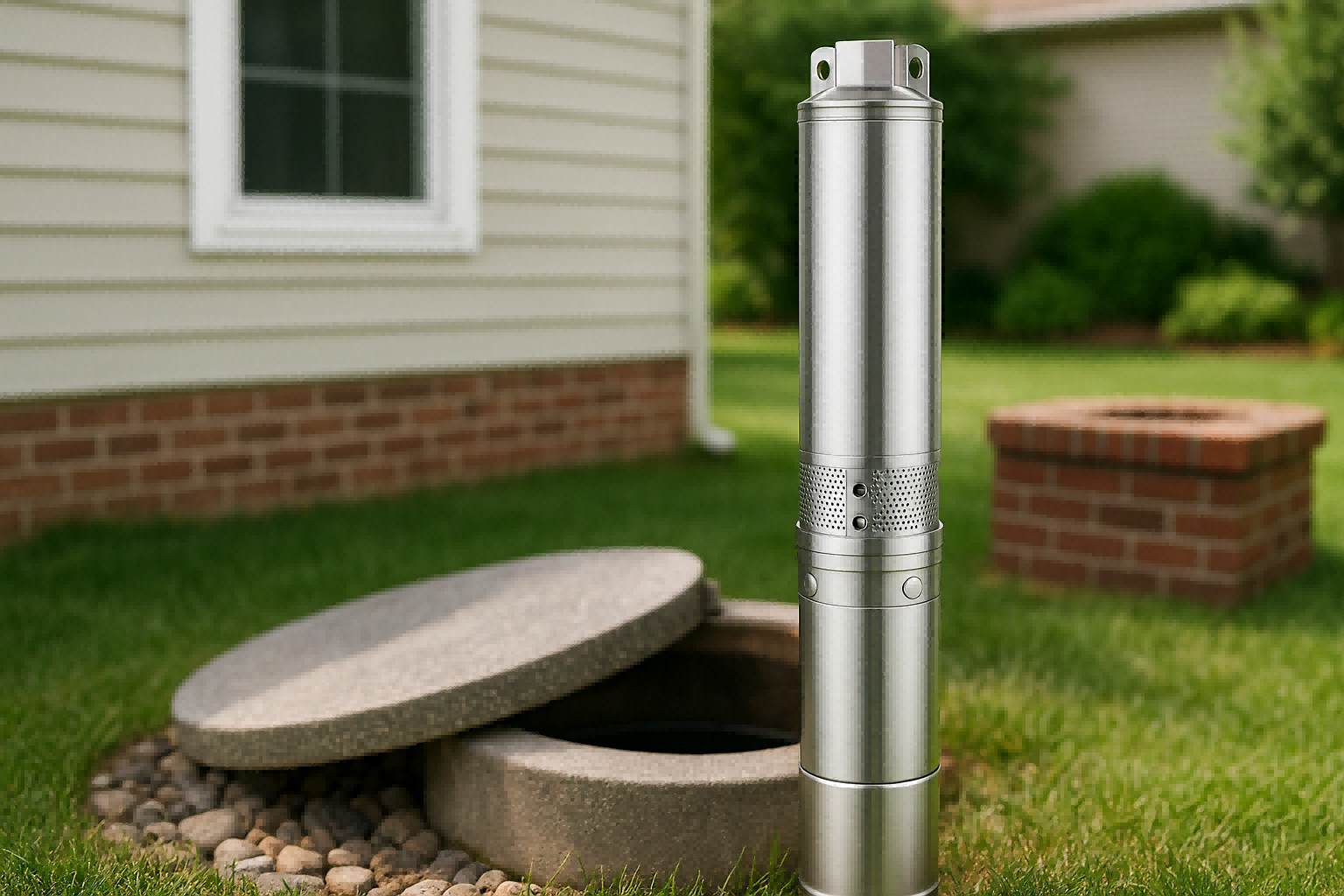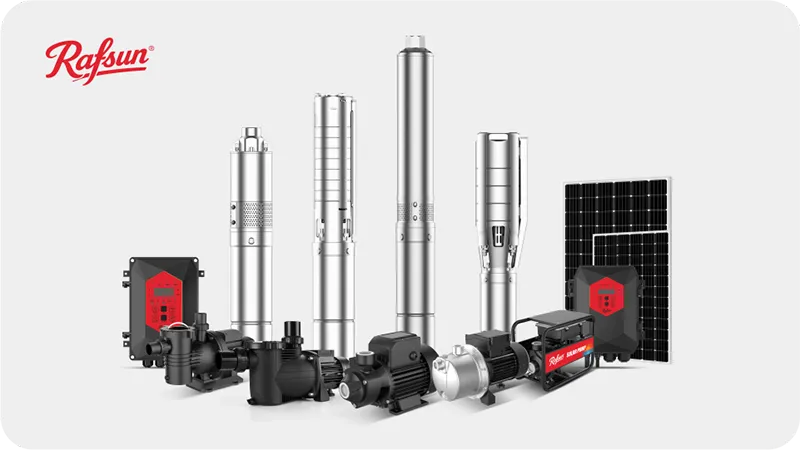Your solar pump system is underperforming or unreliable. This means less water, wasted investment, and constant worry about system health. A solar pump inverter solves this problem.
A solar pump inverter is essential because it converts DC power from solar panels into AC power for the pump. More importantly, it continuously optimizes this power delivery using special software. This protects the pump motor and maximizes the amount of water pumped throughout the day.
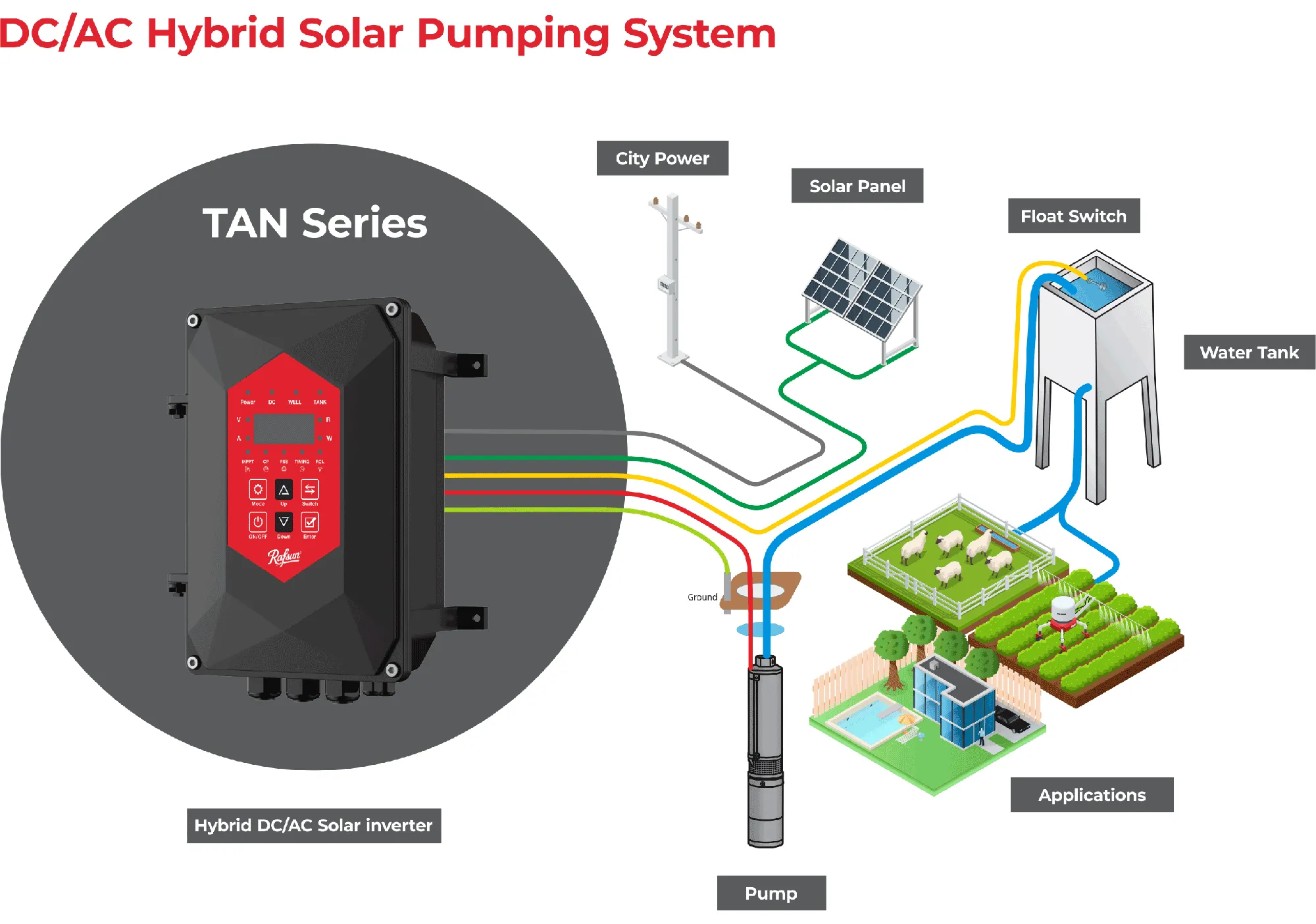
But the term 'inverter' can be confusing. Many different types exist for different jobs. Using the wrong one is a common mistake I see that leads to system failure. So, let's break down exactly what a solar pump inverter is and why it's the intelligent heart of your water pumping system, not just another component.
What is a Solar Pump Inverter?
You might hear the word "inverter" and just think of simple power conversion. But a generic inverter will not work correctly with a solar pump, which leads to poor performance. A solar pump inverter is a specialized device designed for one job.
A solar pump inverter is an electronic device that converts variable DC voltage from solar panels into stable AC voltage to run a water pump. It also includes specialized software, like MPPT, to maximize the power drawn from the panels under changing sunlight conditions.
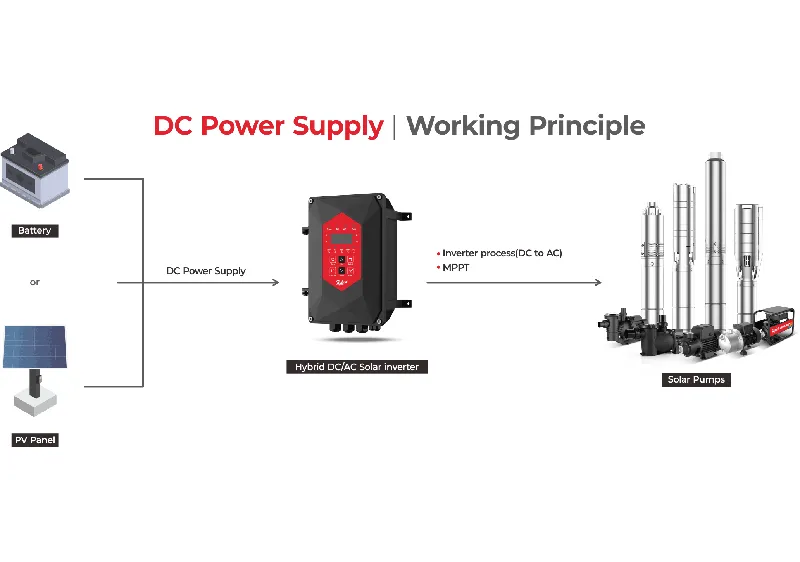
At its core, the inverter does a simple job: it changes DC electricity from the solar panels into AC electricity for the pump motor. But the real magic is in its specialized components and software. The most important feature is called Maximum Power Point Tracking, or MPPT. Think of it like a smart gearbox. It constantly checks the solar panels' output and adjusts what it "asks" for to get the most power possible at any given moment. In my lab at Rafsun, my team and I spend countless hours programming the control unit to respond perfectly to different sunlight levels. This software makes a huge difference in real-world performance, especially on cloudy days.
Core Components of a Solar Pump Inverter
| Component | Function | Why It's Important |
|---|---|---|
| MPPT Controller | Tracks the maximum power point of the solar panels. | Maximizes water pumped per day, especially in low light. |
| Inverter Bridge | Converts DC to 3-phase AC power. | Drives the pump motor efficiently at variable speeds. |
| Control Unit (MCU) | The 'brain' of the system. | Manages all functions, protections, and user interface. |
| Protection Circuits | Monitor for electrical faults and abnormal conditions. | Safeguards the pump and inverter from damage. |
What does a solar pump inverter do?
You might think the inverter just turns the pump on and off. This simple view misses its most valuable functions, leaving your expensive pump motor unprotected. It does much more, acting as a smart controller and a bodyguard for your pump.
A solar pump inverter manages the entire system. It converts power, adjusts motor speed based on sunlight using MPPT, and provides crucial protections against issues like dry running, over-voltage, and overheating. This ensures both maximum water flow and a long lifespan for your pump.
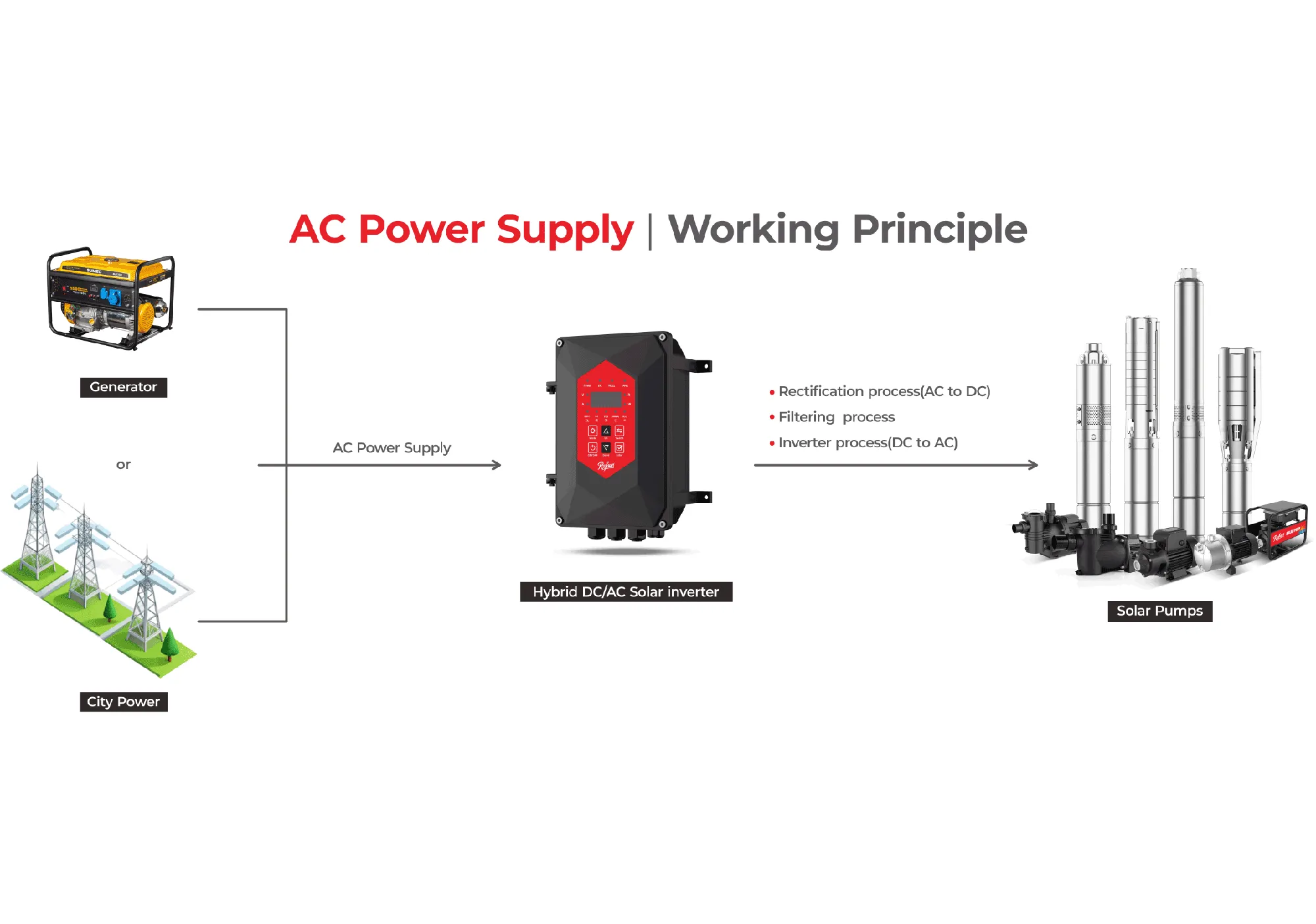
The inverter is a multi-function device. First, it acts as a Variable Speed Drive (VSD). This means it doesn't just switch the pump on or off. It smoothly adjusts the pump's speed based on how much sun is available. In the morning or on a cloudy day, it runs the pump slowly. In bright noon sun, it runs it at full speed. This gets you more water over the course of a day compared to a simple on/off system. Second, and maybe most importantly, it protects your investment. I often talk to customers like Jacky, an engineer in Thailand, who knows how critical it is to protect a motor. The inverter has this protection built-in.
Key Protective Functions
- Dry Run Protection: It can sense when a well is running out of water and will stop the pump automatically. This prevents the pump from burning itself out, which is one of the most common failures I see.
- Over/Under Voltage Protection: It shields the motor from unstable power that can come from the panels during inconsistent weather.
- Overload Protection: It stops the pump if it's working too hard, for example, if a pipe gets blocked by debris.
How long will a solar inverter last?
You are investing in a system and need to know its lifespan. A failing inverter can bring your entire water supply to a halt unexpectedly. Understanding its potential lifespan depends on a few key factors that you can control.
A quality solar pump inverter can last 10 to 15 years, or even longer. Its lifespan is heavily influenced by the quality of its electronic components, the operating environment (heat and dust), and proper installation that ensures good ventilation.
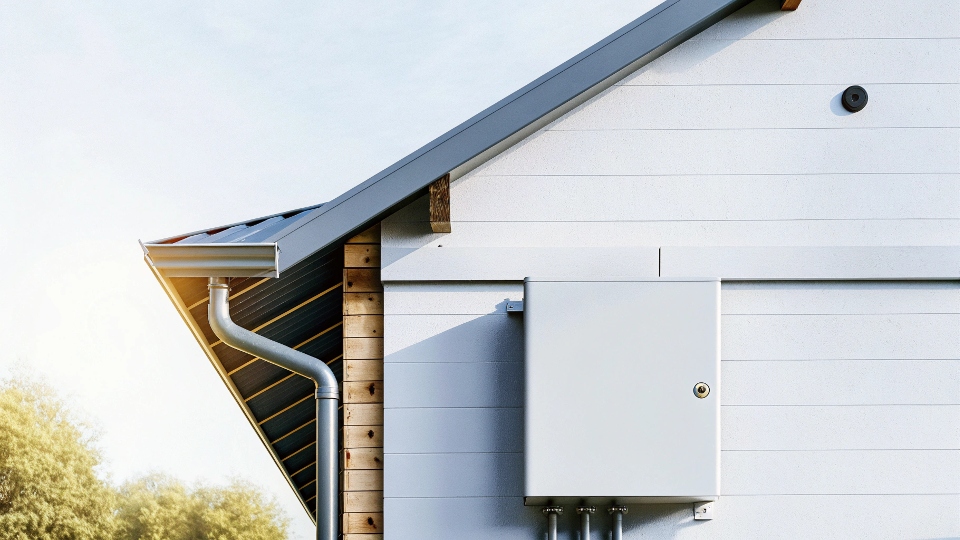
Three things determine an inverter's lifespan: component quality, environment, and installation. At Rafsun, we are very careful about the electronic components we use. We know that cheap capacitors are often the first part to fail, especially in the high heat common in many of our markets. The environment is the second factor. Heat is the number one enemy of all electronics. The hotter it runs, the shorter its life. Dust and moisture are also problems because they can cause short circuits. That is why our inverters have a high IP rating for dust and water resistance. Finally, installation is critical. I have seen brand-new inverters fail in months because they were installed in a sealed, unventilated metal box under the hot sun. It's like leaving your computer running inside an oven. Good airflow is essential.
Environmental Impact on Lifespan
| Factor | Impact on Inverter | Best Practice |
|---|---|---|
| Heat | Degrades electronic components, reducing lifespan. | Install in a shaded, well-ventilated area. |
| Dust | Can clog cooling fans and coat components, causing overheating. | Use an inverter with a high IP rating (e.g., IP65) and clean it periodically. |
| Moisture | Can cause corrosion and short circuits. | Ensure the enclosure is properly sealed and protected from direct rain. |
What is the difference between a solar inverter and a normal inverter?
You may see a standard power inverter for a much lower price. It is tempting to think you can save money here. But using the wrong type of inverter will result in terrible efficiency and will likely damage your pump motor. The key differences are in their brains and their purpose.
The main difference is the built-in Maximum Power Point Tracking (MPPT) algorithm. A normal inverter expects a stable DC input, like from a battery. A solar pump inverter is designed to handle the wildly fluctuating DC output from solar panels and optimize it specifically for a motor.
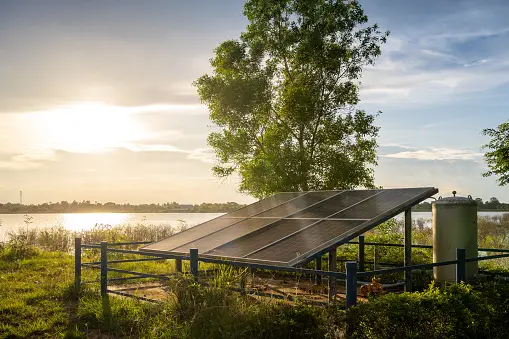
Trying to use a standard inverter to run a solar pump is a recipe for failure. A standard inverter, like one for a home or RV, is designed to take a very stable DC voltage from a battery bank and turn it into a fixed AC voltage (like 230V, 50Hz). Solar panels do not provide stable voltage; it changes all day long. A solar pump inverter is designed specifically for this challenge. It takes that variable input and uses its MPPT brain to find the best possible operating point. It then creates a variable AC output to run the pump motor at the ideal speed. For an engineer designing systems, this distinction is crucial for reliability and efficiency.
Solar Pump Inverter vs. Standard Inverter
| Feature | Solar Pump Inverter | Standard Power Inverter |
|---|---|---|
| Primary Function | Run an AC water pump directly from solar panels. | Supply standard AC power to appliances from a stable DC source. |
| Key Technology | Built-in MPPT for varying DC input; acts as a VSD. | Expects stable DC input (e.g., from batteries). |
| Output Type | Variable frequency and voltage to match available power. | Fixed frequency (50/60Hz) and stable voltage (120/230V). |
| Motor Protections | Integrated (dry run, overload, etc.). | None. External protection circuits would be needed. |
Conclusion
A solar pump inverter is not just a converter. It is the intelligent heart of your system, ensuring efficiency, protection, and a reliable water supply for years to come.


